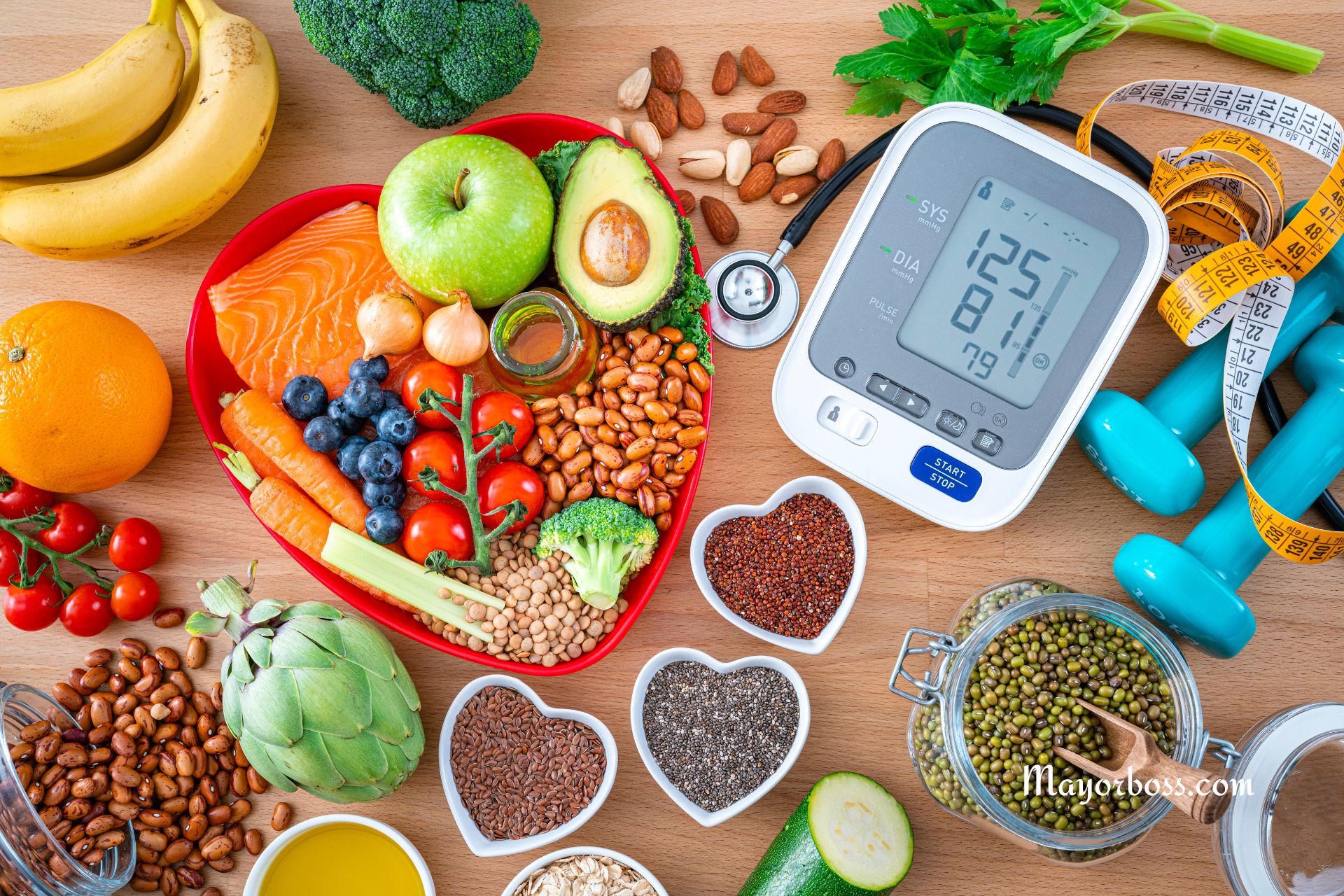How To Eat Healthy Food Every Day
Eating healthy food every day is essential for maintaining optimal health and well-being. This article will reveal practical strategies to incorporate a nutritious diet into your daily routine.
By making simple changes, you can enjoy a healthier lifestyle and reap the numerous benefits of good nutrition.
Create a Balanced Meal Plan
One of the best ways to eat healthy food every day is to create a balanced meal plan. You should include a variety of fruits, vegetables, whole grains, healthy fats, and lean proteins in your daily diet.
This not only provides essential nutrients but also helps prevent boredom and encourages adherence to a healthy eating regimen.
Here’s a table categorizing various healthy food options based on their primary nutrient group. You can use this list to create a balanced meal plan by combining foods from different categories.
| Primary Nutrient Group | Examples of Healthy Foods |
|---|---|
| Protein | Chicken, turkey, fish, eggs, tofu, tempeh, Greek yogurt, cottage cheese, legumes (beans, lentils, chickpeas), edamame, seitan, quinoa, nuts, and seeds |
| Carbohydrates | Whole grains (brown rice, quinoa, barley, bulgur, whole wheat pasta), whole grain bread, oats, sweet potatoes, starchy vegetables (corn, peas), beans, legumes, fruits, and vegetables |
| Healthy Fats | Avocado, nuts (almonds, walnuts, pistachios), seeds (chia, flax, sunflower), olive oil, coconut oil, fatty fish (salmon, mackerel, sardines), nut butter (almond, cashew, peanut) |
| Vegetables | Leafy greens (spinach, kale, collard greens), cruciferous vegetables (broccoli, cauliflower, Brussels sprouts), root vegetables (carrots, beets, parsnips), bell peppers, tomatoes, cucumber, zucchini, eggplant, mushrooms, asparagus, green beans, and more |
| Fruits | Berries (strawberries, blueberries, raspberries, blackberries), apples, oranges, bananas, grapes, kiwi, pineapple, mango, papaya, melons, cherries, peaches, and more |
To create a balanced meal plan, try to include foods from at least three different primary nutrient groups. Here are some examples of balanced meal plans.
Breakfast:
- Greek yogurt (protein) with fresh berries (fruits) and a sprinkle of chia seeds (healthy fats)
- A vegetable omelet (protein and vegetables) with a side of whole grain toast (carbohydrates) and avocado (healthy fats)
Lunch:
- Grilled chicken salad (protein) with mixed greens (vegetables), cherry tomatoes, cucumber, and bell peppers, topped with a homemade olive oil vinaigrette (healthy fats)
- Quinoa and black bean bowl (protein and carbohydrates) with roasted vegetables (vegetables) and sliced avocado (healthy fats)
Dinner:
- Baked salmon (protein and healthy fats) with steamed broccoli (vegetables) and a side of brown rice (carbohydrates)
- Lentil stew (protein and carbohydrates) with a variety of colorful vegetables, served with a side of whole grain bread (carbohydrates) and a mixed green salad dressed in a light vinaigrette (healthy fats)
Snacks:
- Apple slices (fruits) with almond butter (healthy fats and protein)
- Baby carrots (vegetables) and hummus (protein and healthy fats)
- A small handful of mixed nuts (protein and healthy fats) and a few dried apricots (fruits)
Remember, the key to creating balanced meals and snacks is to include a variety of foods from different primary nutrient groups. As explained earlier, this not only ensures that you are getting a range of essential nutrients. But also helps prevent boredom and promotes a more enjoyable eating experience.
Prioritize Whole Foods Over Processed Options
Choose whole, unprocessed foods whenever possible, as they are typically more nutritious and contain fewer unhealthy additives. Processed foods often have higher amounts of sugar, salt, and unhealthy fats, which can result in various health issues.
Control Portion Sizes
Monitoring portion sizes is crucial for maintaining a healthy diet. Overeating, even healthy foods, can lead to weight gain and other health problems.
Use measuring tools and visual cues to ensure proper portion sizes, and try to avoid eating directly from containers to prevent overconsumption.
Make Smart Swaps
Incorporate healthier alternatives to your favorite dishes by making simple ingredient swaps. For example, use whole grain pasta instead of white pasta, or replace sugary beverages with water or herbal tea.
These changes can significantly reduce calorie intake and improve overall nutrition without sacrificing taste.
Plan Your Meals and Snacks
Planning meals and snacks in advance can help you make healthier choices throughout the day. Prepare a weekly menu, create a shopping list, and set aside time to cook and portion meals.
This not only helps you avoid last-minute, unhealthy food choices but also saves time and money.
Stay Hydrated
Proper hydration is crucial for general health, and it can also play a role in appetite regulation. Drinking water throughout the day helps you stay full and may prevent overeating.
Aim for at least eight cups of water daily, or more if you’re physically active or live in a hot climate.
Seek Support
Making lasting changes to your diet can be challenging. Seek support from friends, family, or a registered dietitian to help you stay on track and overcome any obstacles along the way. Sharing your goals
Also read: How to Live a Healthy Lifestyle






